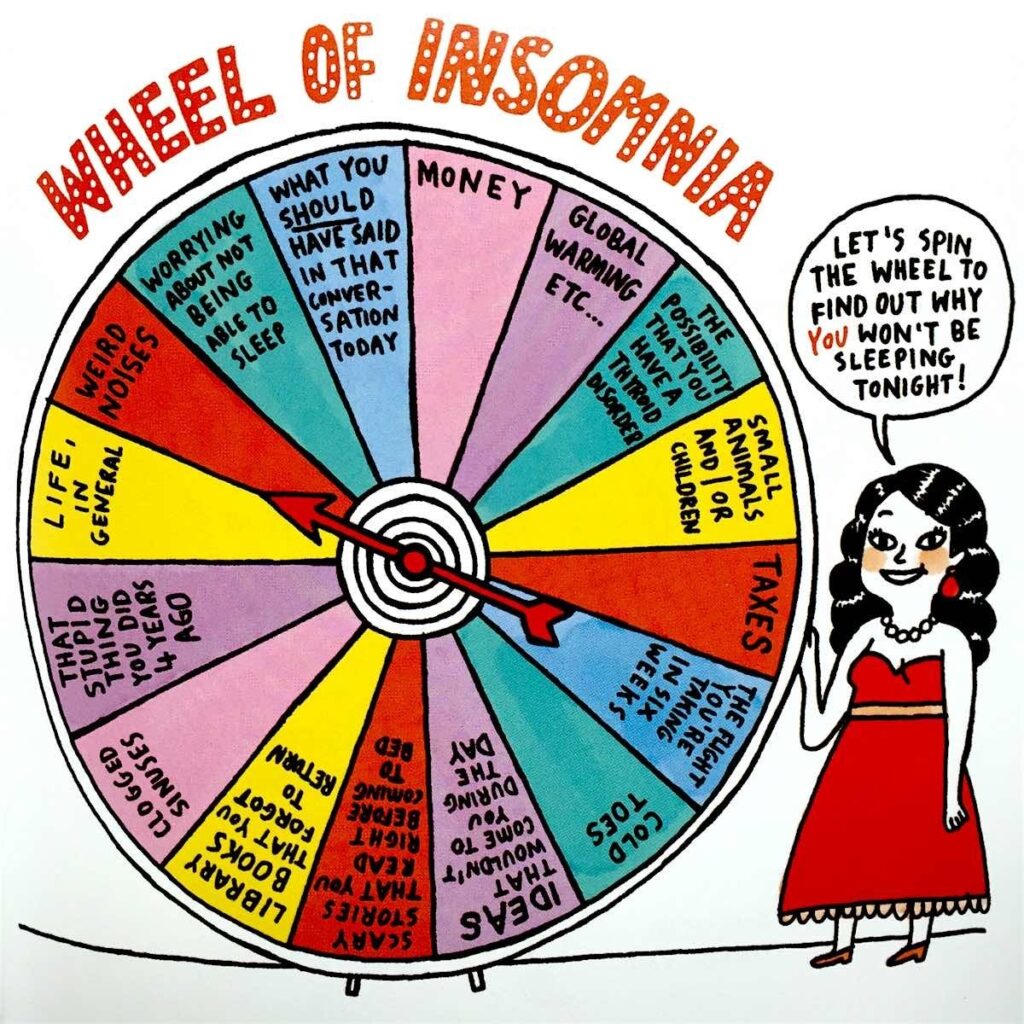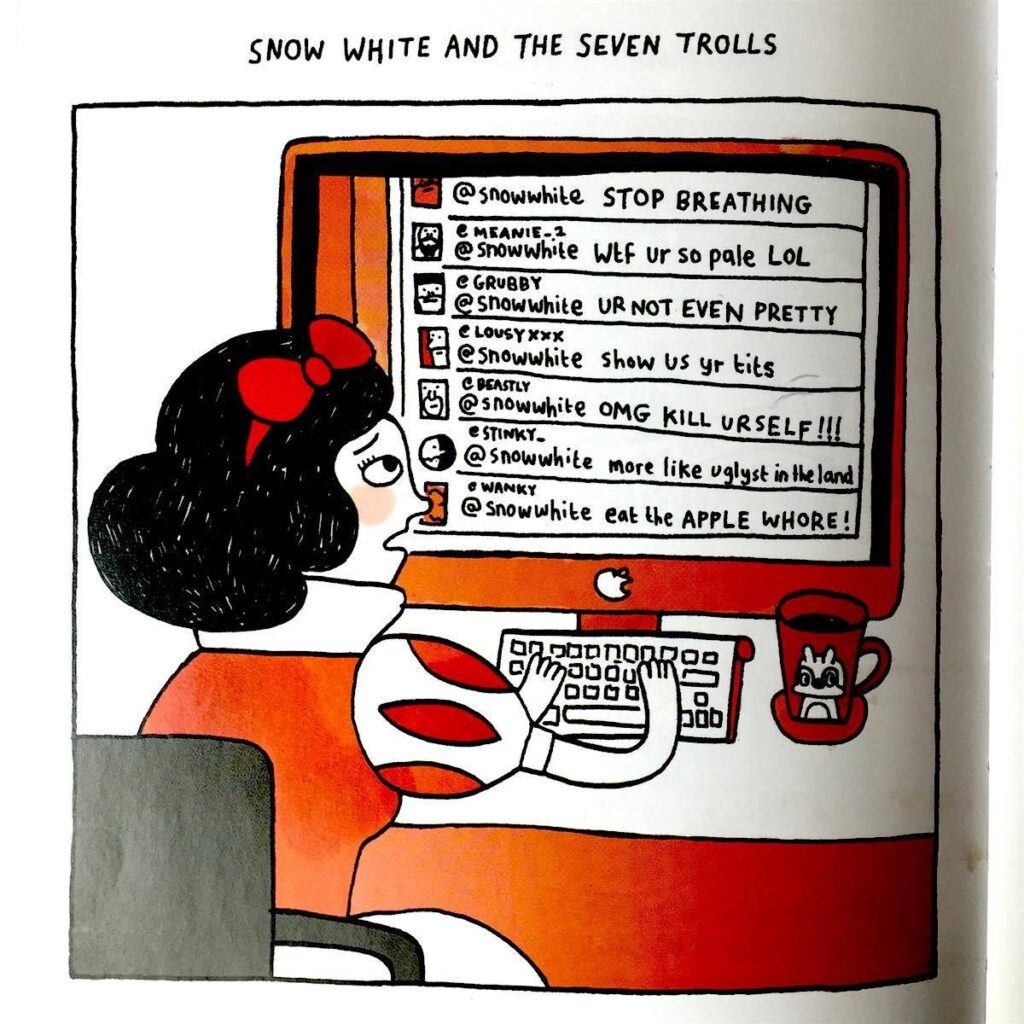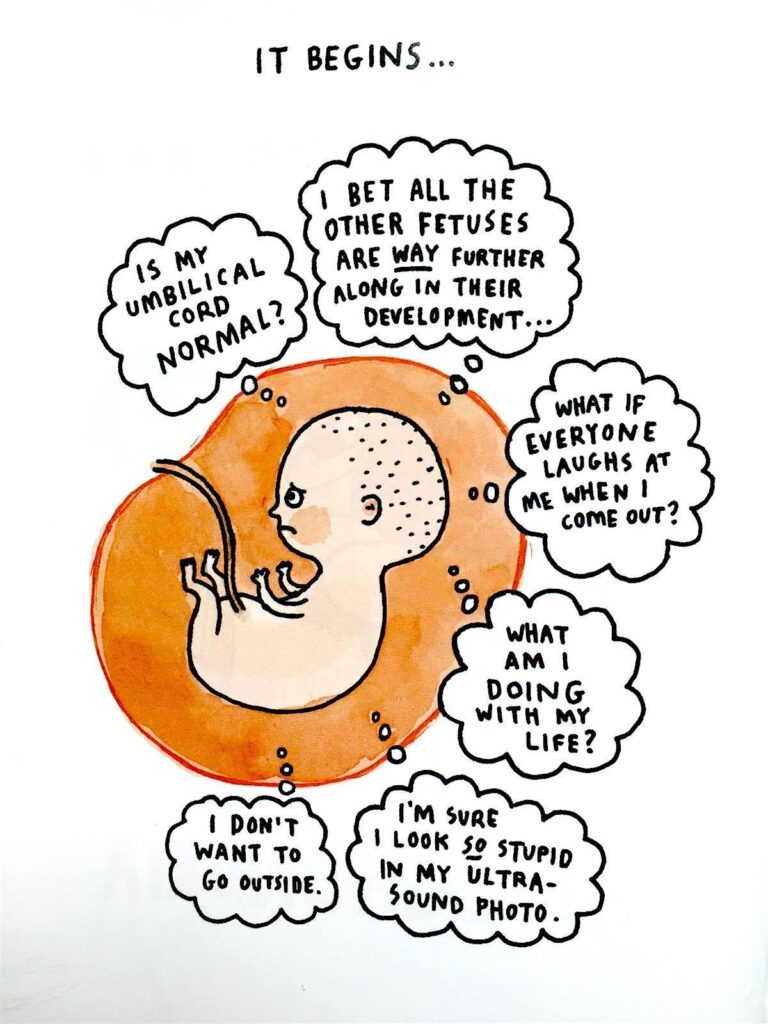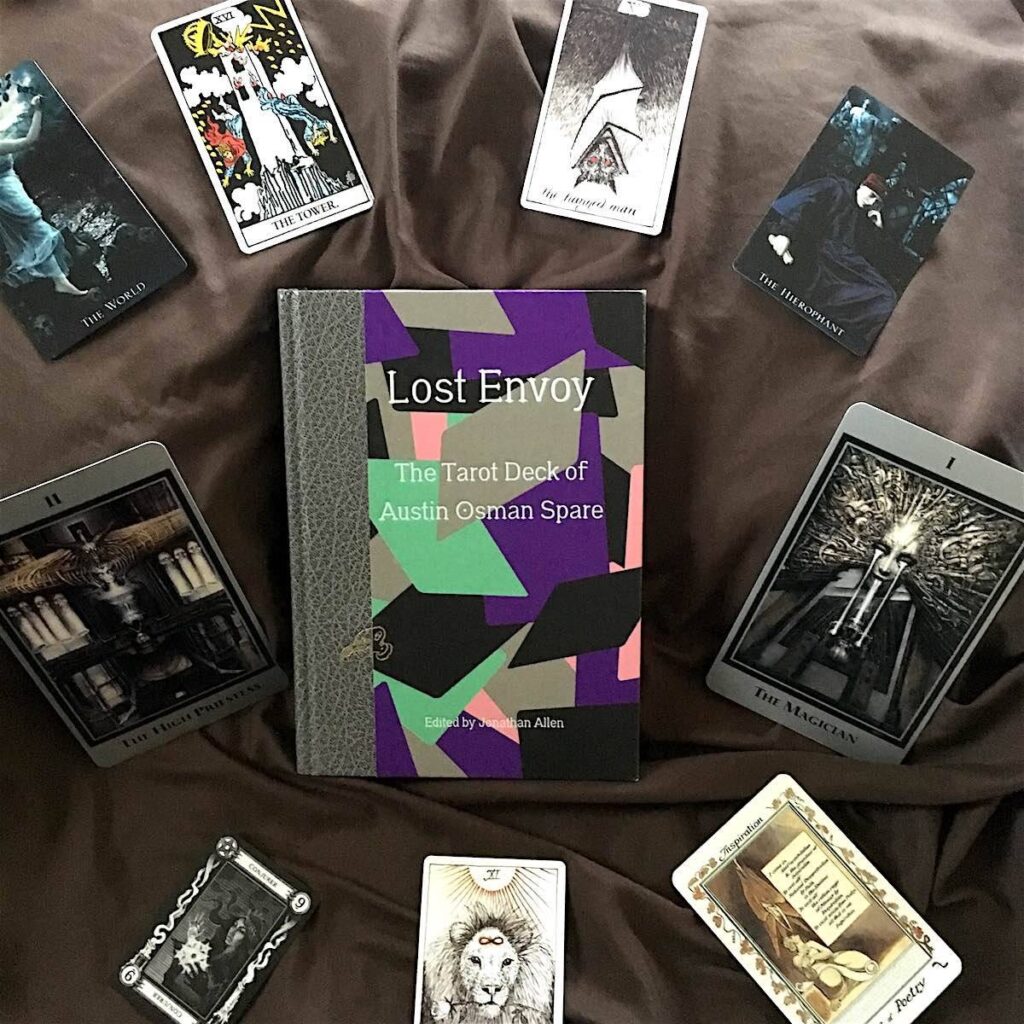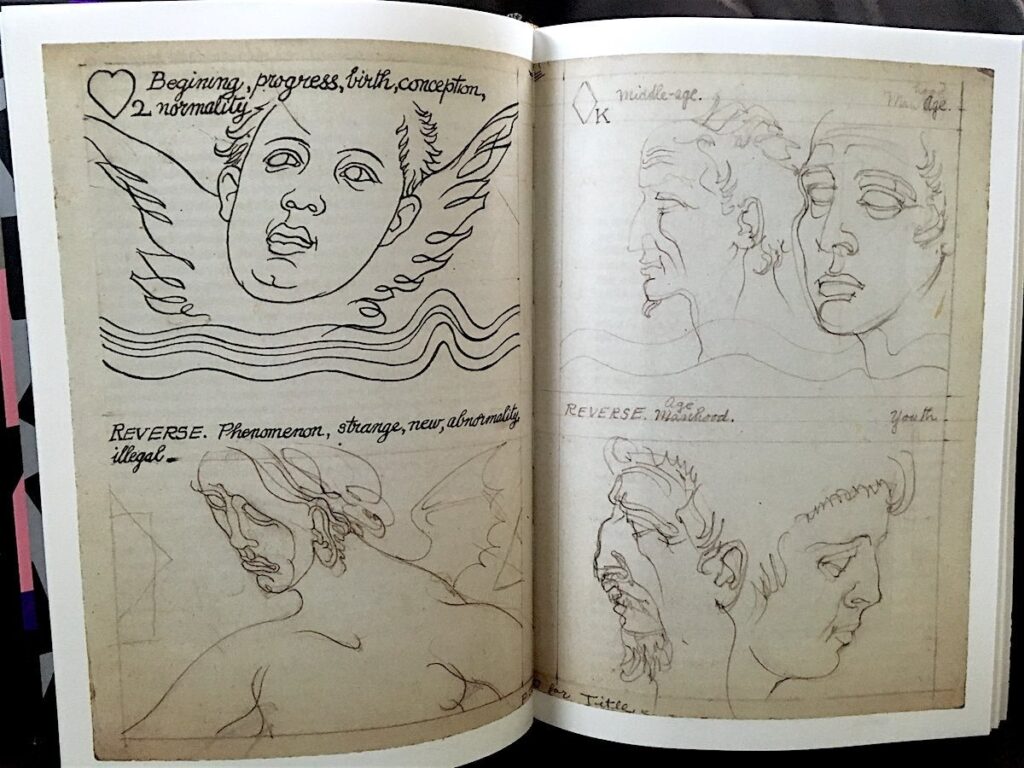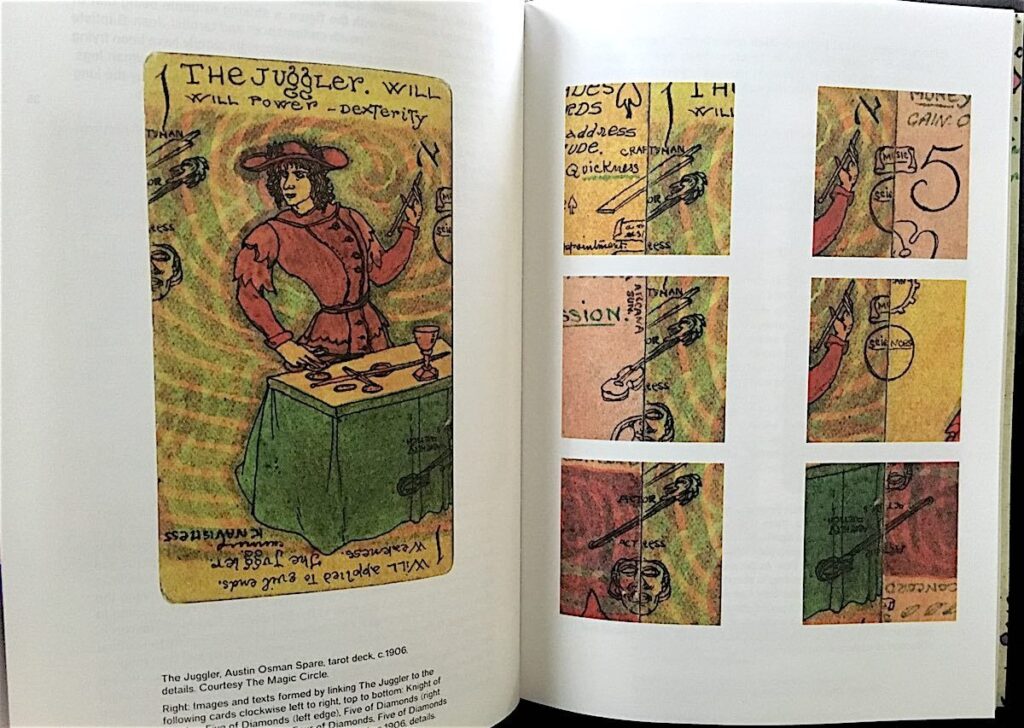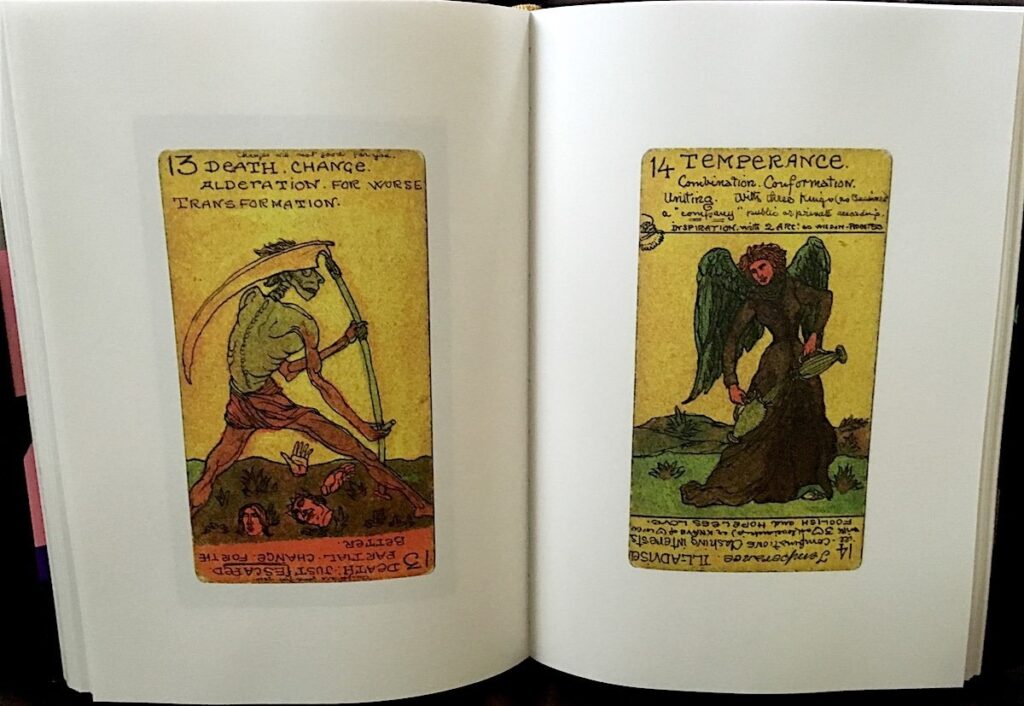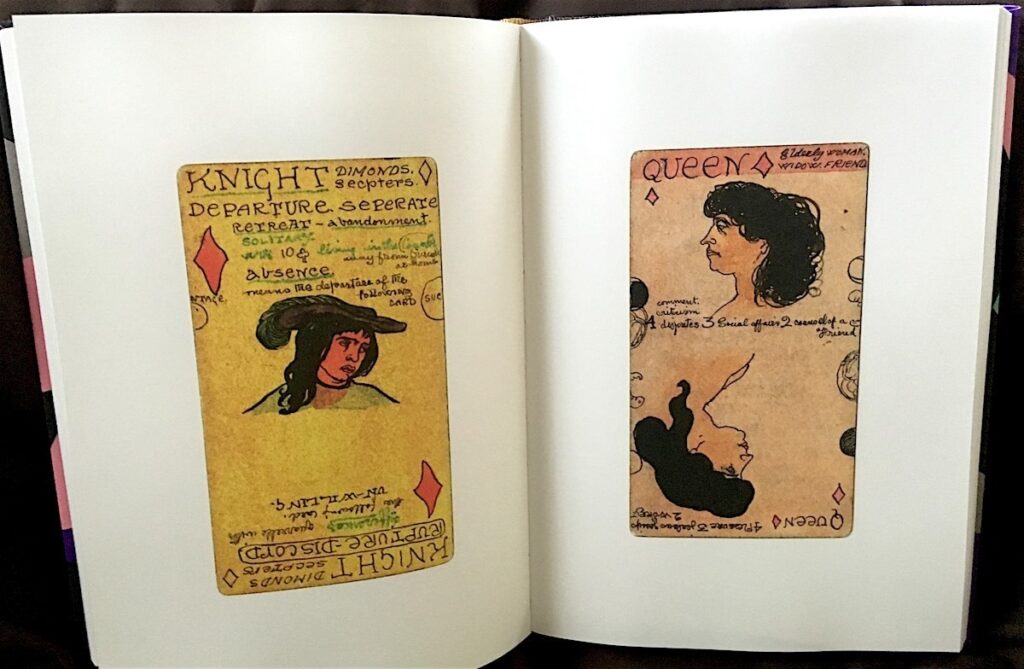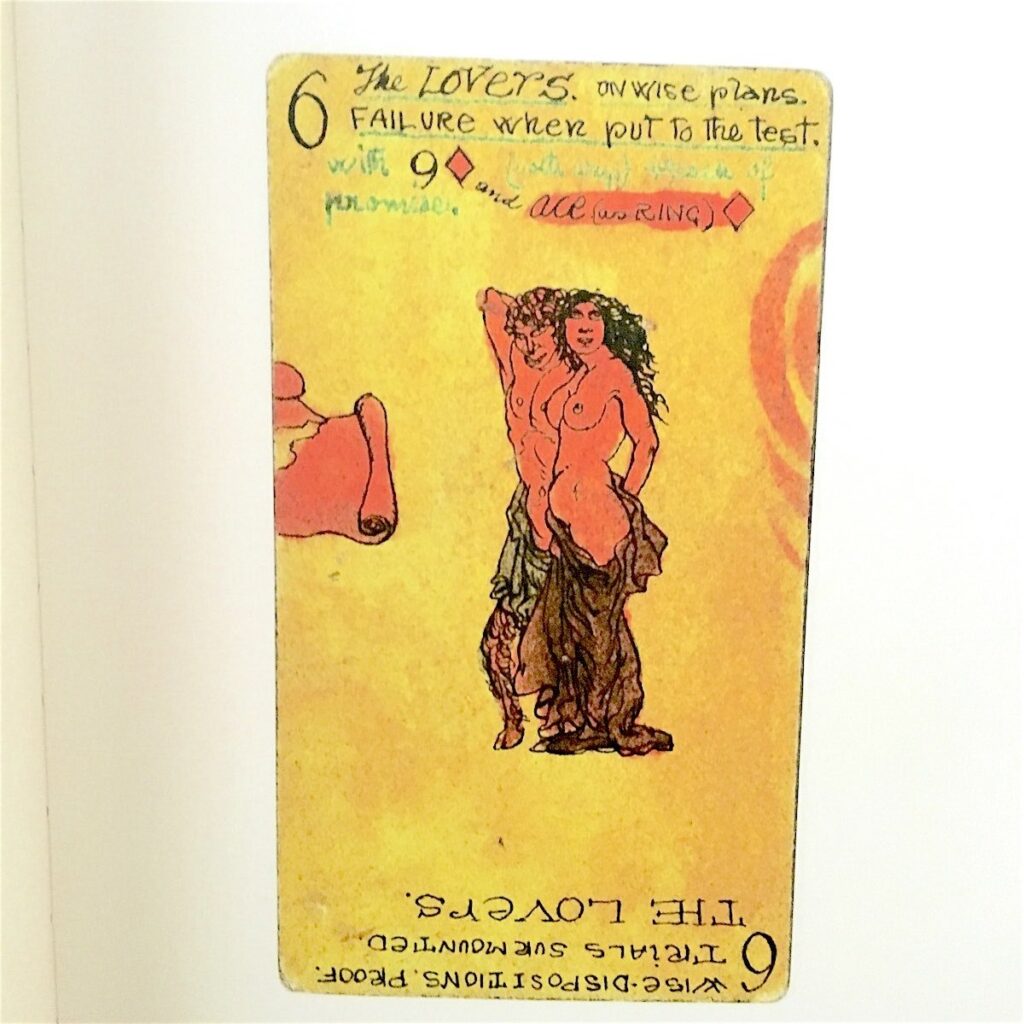Cosmic Jackpot
Questioning the laws of nature
Do the primeval laws governing the universe precede the existence of the universe; if so, in what realm do they operate? Or do the laws expand into existence along with the universe itself? If the latter, what determines the rules of the laws’ arrival? This big set of questions is usually pushed away from science and left for theologians and philosophers to invent answers for. Cosmologist and astrophysicist Paul Davies reclaims these fundamental topics as suitable for scientific answers. He reports from the frontiers of knowledge where researchers are measuring, quantifying, and theorizing on the nature of universal laws. Davies includes in the range of answers the very weird possibility that we sentient observers may be partly responsible for the fundamental laws of nature. Let that one sink in. This is an incredibly heady, trippy book, done with masterful clarity and sanity. It’s probably the “biggest” book I’ve ever read.
— KK
Cosmic Jackpot
Paul Davies
2007, 336 pages
$18
Available from Amazon
Sample excerpts:
Mutability was [Wheeler’s] byword. He liked to quip that “there is no law except the law that there is no law.” Adopting the catchy aphorism “law without law” to describe this contrarian position, Wheeler maintained that the laws of physics did not exist a priori but emerged from the chaos of the quantum big bang – coming out of “higgledy-piggledy” was the way he quaintly expressed it – congealing along with the universe that they govern in the aftermath of its shadowy birth. “So far as we can see today,” he maintained, “the laws of physics cannot have existed from everlasting to everlasting. They must have come into being at the big bang.” Crucially, Wheeler did not suppose that the laws just popped up, ready-made, in their final form, but that they emerged in approximate form and sharpened up over time.
*
Super-turtle! To avoid an infinite regress (the bottomless tower of turtles) one might consider a levitating superturtle, which is self-explaining and self-supporting. Theologians call this “a necessary being,” and some have tried to prove that such a being exists. Some scientists have argued for the necessary existence of a unique superunified theory.
*
The novel feature Wheeler introduced via his delayed-choice experiment was the possibility of observers today, and in the future, shaping the nature of physical reality in the past, including the far past when no observers existed. That is indeed a radical idea, for it gives life and mind a type of creative role in physics, making them an indispensable part of the entire cosmological story. Yet life and mind are the products of the universe. So there is a logical as well as a temporal loop here. Conventional science assumes a linear logical sequence: cosmos -> life -> mind. Wheeler suggested closing this chain into a loop: cosmos -> life -> mind -> cosmos. He expressed the essential idea with characteristic economy of prose: “Physics gives rise to observer-participancy; observer-participancy gives rise to information; information gives rise to physics.” Thus the universe explains observers, and observers explain the universe. Wheeler thereby rejected the notion of the universe as a machine subject to fixed a priori laws and replaced it with a self-synthesizing world he called “the participatory universe.” By postulating a closed explanatory loop, similar to the self-consistency argument of Benioff that I considered in the previous section, Wheeler deftly circumvented the infamous tower-of-turtles problem. There is no need for a levitating super-turtle if the bio-friendly universe explains itself.
*
To understand the high information content of life, we must recognize that it is a product not of the laws of physics alone, but of the laws of physics and the history of the environment together. Life emerged and evolved its immense complexity as the result of a process that took billions of years and required a vast number of information-processing steps. A biological organism therefore encapsulates the products of a complex and convoluted history. To sum it up in a phrase, life as we observe it today is 1 percent physics and 99 percent history.
Related items previously reviewed in Cool Tools:
11/29/07







